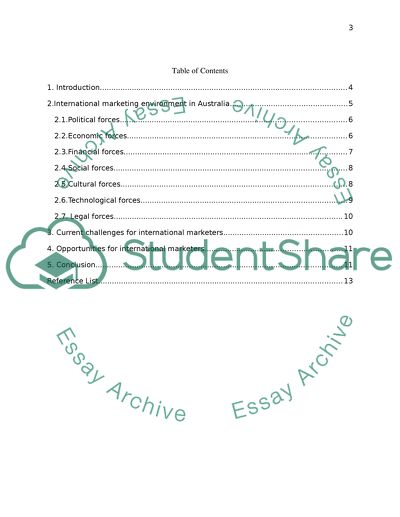Cite this document
(“Assessment Task2 an individual report on international marketing Research Paper”, n.d.)
Assessment Task2 an individual report on international marketing Research Paper. Retrieved from https://studentshare.org/marketing/1493285-assessment
Assessment Task2 an individual report on international marketing Research Paper. Retrieved from https://studentshare.org/marketing/1493285-assessment
(Assessment Task2 an Individual Report on International Marketing Research Paper)
Assessment Task2 an Individual Report on International Marketing Research Paper. https://studentshare.org/marketing/1493285-assessment.
Assessment Task2 an Individual Report on International Marketing Research Paper. https://studentshare.org/marketing/1493285-assessment.
“Assessment Task2 an Individual Report on International Marketing Research Paper”, n.d. https://studentshare.org/marketing/1493285-assessment.


